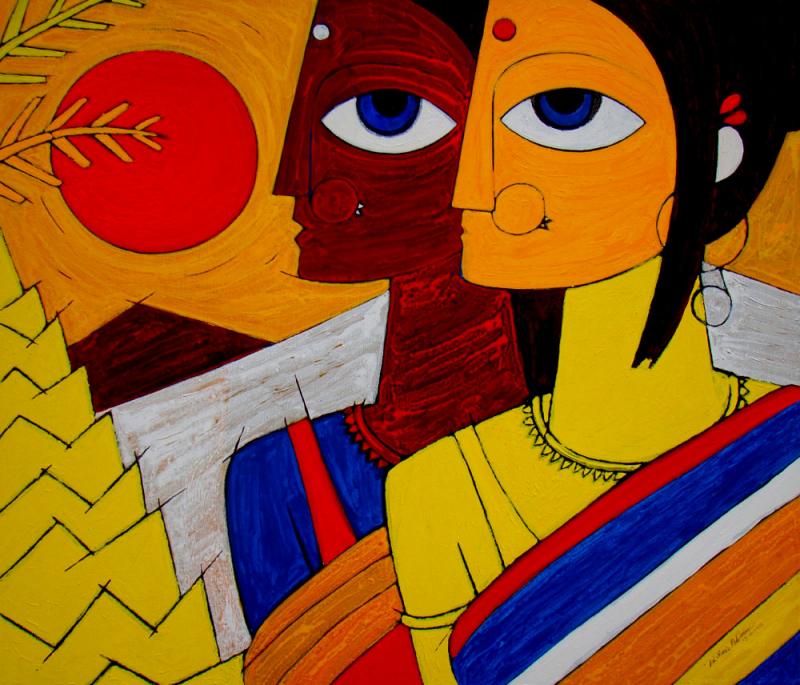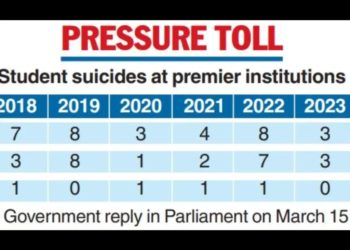
As a young educated tribal woman, what “feminism” means to me is very different from how it is perceived by most people. My mother, a Phuleite would often come home from various feminist gatherings and rant about the exclusion experienced by her around the “Deccan Feminists” (Deccan represents the upper caste, middle class locality in Pune) . I wasn’t aware that I would be experiencing this same exclusion and otherness very soon myself.
Feminism has failed Dalit-Bahujan women
Feminism in India came to be identified as a “universalised female experience”. “All women suffer patriarchy-singularly” was its mantra. This “enforced sisterhood” was essentially a creation of upper caste, middle class woman. It blatantly ignored the caste, class, ethnicity and multitude dynamics of the “female experience”. Its origins, nature and agenda, not to mention its leadership, have essentially been upper caste, middle class. Indian feminism has often been class-blind, colour-blind and almost always caste-blind. Feminists have, in Sharmila Rege’s words “invisibilised” and excluded the experiences, struggles and leadership of Dalit, Bahujan, Adivasi women. The Dalit- Bahujan women’s experiences, struggles and fights have been treated by feminists as the ‘other’.
The issues taken up by the feminist movement in India have also suffered from caste and class biases. As Cynthia Stephen, activist and social policy researcher, rightly points out “ they have been very active in areas like domestic violence and property laws and have also seen a lot of success which is something great, but what about women who lack property? What kind of relevance does a property law hold for them?” Moreover the anti- dowry , anti-rape and anti-violence struggles of the feminist movement have failed to analyse the intersections between caste and gender.
When a Dalit woman does find mention in feminist circles, it is as a quintessential victim. Her fight, resistance and success stories are never viewed as feminist achievements. She is only a subject and not a comrade/counterpart to mainstream feminists.
The evolution of feminism in India is marred by casteism and classism. The core values and experiences of Dalit-Bahujan women are very different from mainstream feminists. To add to it, mainstream feminists have not even acknowledged them. As a result there is a need for a different language for Dalit-Bahujan women to voice their experiences and shape their struggles.
Need for the Dalit women to talk differently
Gopal Guru in his essay titled “Dalit women talk differently” has located the need for Dalit women to talk differently in a discourse of dissent against the upper caste, middle class women’s movement, as also the Dalit male movement. About 250 Dalit women activists, writers, students, leaders and professionals decided to speak up in Pune in a conference called ‘Dalit women speak out’ in December 2017. Dalit women were there to speak, to organise and lead their own struggles without any mediation. Their presence, not merely as survivors but as fighters and achievers was very encouraging. Such efforts by the Dalit-Bahujan women are viewed as attempts at setting up a separate hearth.
In Dalit Women: Vanguard of an Alternative Politics in India, Anand Teltumbde’s points out: “If mainstream feminists had taken a grassroots approach and focused on the plight of Dalit women, there may not have been need for Dalit women to organise separately.”
Thus the rejection of the term feminism is an attempt by the Dalit-Bahujan woman to assert her identity, create a niche space for her voice and express her dissent against the mainstream feminist discourse.
Why womanism?
Black women in the US have had similar experiences with the feminist movement. They came up with a new term “womanism” to highlight their struggles and experiences and used it in a way to distinguish themselves from feminism. Alice Walker in her 1983 book In Search of Our Mothers’ Garden: Womanist Prose, coined the term “womanism” as a way to define and differentiate the struggle for gender equality as undertaken by women of colour.
Feminism, as she argues, places priority on the woman, while womanism, defined as a consciousness, incorporates “racial, cultural, sexual, national, economic, and political considerations. Simply put “womanist is to feminist as purple is to lavender”.
Womanism therefore is inclusive and not exclusive like feminism. The marginal status of black women is on account of multiple levels of oppression and intersections between race, class, gender, ethnicity, colour. Womanism is therefore all encompassing and powerful in that it embodies the universal concerns of black men and women, other marginalised groups, and all people. Womanist responses are informed by the social, economic, political and religious aspects of living life in an oppressive society.
Towards a marginalised Indian womanism
A solidarity network of Dalit women called the “Dalit Women’s Network for Solidarity (DAWNS)” was set up for this purpose. It announced the coining of a new term, “Dalit Womanism”, and explains the need for this new entity:
“We have been denied the right to articulate our own visions of emancipation. Our energies have been co-opted to working out the visions of dominant others who have shown scant respect for our world-view or philosophy of life, by not enabling us to articulate them or work towards achieving them.”
Dalit womanism/marginalised Indian womanism is broad enough to include Dalit women in general, but also sensitive enough to provide space for experiences of religious, tribal and ethnic, sexual minorities who represent an entire gamut of marginalised gender experiences.
As a womanist I envision all women’s voices and rights to be equally heard, acknowledged and respected. Womanism to me is about my identity, empowerment, independence, grief and healing. This debate of womanism is the book that was never written, a conversation that was muted and a journey denied. In Solange Knowles’ words it is a demand for “a seat at the table!”





